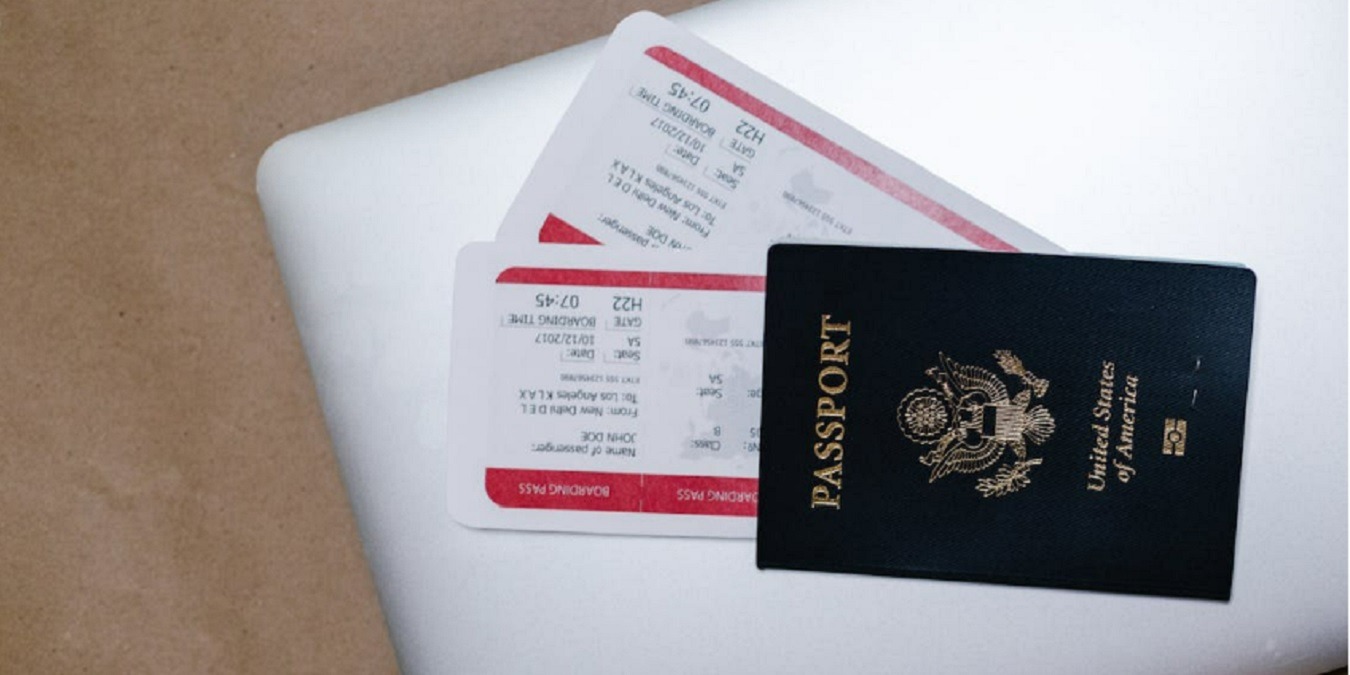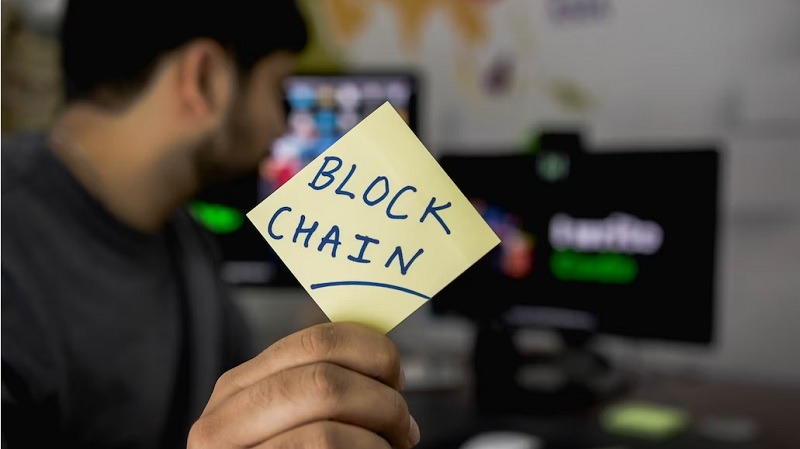
Utah is taking a major step toward the future by not only investing in digital IDs, but utilizing blockchain technology to do it. It’s an innovative approach that shows United States governments modernizing processes while making security and privacy more of a priority.
Utah Governor Signs Historical Bill
Utah has become the first state in the United States to sign a bill to create blockchain digital IDs. It’s just a pilot program at the moment, but it’s an impressive first step in merging government and blockchain.
While Utah isn’t the first state to put digital IDs into play, it is the first to add blockchain to the mix. Utah Governor Spencer Cox signed the bill in April 2023. This requires the Division of Technology Services (DTS) in the state to work alongside various government entities to create and distribute digital IDs and possibly other records too using blockchain’s decentralized ledger system.
The bill, known as HB 470, aims to create verifiable IDs while providing a more secure and fraud-resistant approach.
Own Your Data
Imagine being able to finally own your data and ID. With blockchain, people gain more ownership and control over their information. The goal is to reduce the risk of fraud and cybersecurity threats.

While cryptocurrencies and blockchain have gotten a bad reputation in the last few years over a variety of scams and other issues, the concept itself is solid. Obviously, how it’s implemented will determine whether it’s actually a more secure option than a centralized digital ID system.
Many organizations are already using blockchain worldwide, such as a Korean bank. In fact, Gartner was even estimating as much as 75% of IoT organizations in the US would start using blockchain.
Test, Report, Adjust
The DTS is responsible for creating guidelines for implementation and security measures. Since it’s a pilot program, DTS is also required to keep detailed records and report progress, along with any hiccups, to determine if the project will continue or not.
By the end of October 2023, the department must report findings to Utah’s Public Utilities, Energy and Technology Interim Committee. This gives the project roughly six months to see if it’s feasible and what’s necessary to make the process as easy as possible for governments and residents.
Paving the Way
Utah is currently paving the way for other states to try the same things. Odds are, other states will wait to see how Utah’s implementation goes first. What Utah is doing well is taking things slowly to avoid making any major mistakes. While there will be mistakes, once the kinks are worked out of the process, it’s highly likely other states will adopt the same blockchain approach.
Image credit: Pexels









